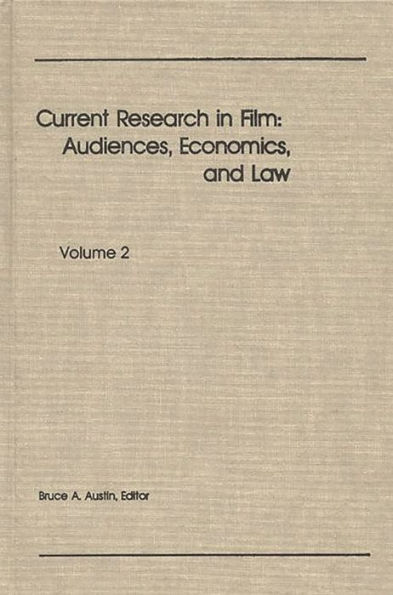Home
Section 179 and Bonus Depreciation Expensing Allowances: Current Law, Legislative Proposals in the 113th Congress, and Economic Effects
Barnes and Noble
Section 179 and Bonus Depreciation Expensing Allowances: Current Law, Legislative Proposals in the 113th Congress, and Economic Effects
Current price: $19.95


Barnes and Noble
Section 179 and Bonus Depreciation Expensing Allowances: Current Law, Legislative Proposals in the 113th Congress, and Economic Effects
Current price: $19.95
Size: OS
Loading Inventory...
*Product information may vary - to confirm product availability, pricing, shipping and return information please contact Barnes and Noble
Expensing is the most accelerated form of depreciation for tax purposes. Section 179 of the Internal Revenue Code allows a taxpayer to expense (or deduct as a current expense rather than as a capital expense) up to $25,000 of the total cost of new and used qualified depreciable assets it buys and places in service in 2014, within certain limits. Firms unable to take advantage of this allowance may recover the cost of qualified assets over longer periods, using the appropriate depreciation schedules from Sections 167 or 168. While the Section 179 expensing allowance is not targeted at small firms, the limits on its use tend to confine its benefits to such firms. In addition, Section 168(k), which provides a so-called bonus depreciation allowance, has allowed taxpayers to expense a portion of the cost of qualified assets bought and placed in service in recent tax years. Taxpayers that could claim the allowance had the option of monetizing any unused alternative minimum tax credits left over from tax years before 2006, within certain limits, and recovering the cost of the assets that qualified for the allowance over longer periods. The allowance expired at the end of 2013. Since 2002, the two allowances have served primarily as tax incentives for stimulating the U.S. economy. Though there appear to be no studies that address the economic effects of the enhanced Section 179 allowances enacted in the previous eight years, several studies have examined the economic effects of the 30% and 50% bonus depreciation allowances that were available from 2002 to 2004. The findings indicated that accelerated depreciation is a relatively ineffective tool for stimulating the economy during periods of weak or negative growth. Available evidence indicates that the expensing allowances may have no more than a minor effect on the level, composition, and allocation among industries of business investment; the distribution of the federal tax burden among income groups; and the cost of tax compliance for smaller firms. The allowances have advantages and disadvantages. On the one hand, an expensing allowance simplifies tax accounting and can spur increased small business investment in favored assets in the short run by reducing the user cost of capital and increasing the cash flow of investing firms. On the other hand, an expensing allowance may interfere with the efficient allocation of investment by diverting capital away from more productive uses. Both expensing allowances have enjoyed broad bipartisan support in recent Congresses. Several bills to extend or enhance the two allowances have been introduced in the 113th Congress. In the case of the Section 179 allowance, see, for example, H.R. 408, H.R. 886, and S. 1085, and in the case of the Section 168(k) allowance, see H.R. 2373, H.R. 2821, and S. 494. On April 3, the Senate Finance Committee marked up S. 2260, the Expiring Provisions Improvement Reform and Efficiency Act, a bill that would extend through 2015 both the 50% bonus depreciation allowance from 2013 and the enhanced Section 179 allowance from 2013. The House passed H.R. 4457 on June 12, a bill that would permanently set the maximum expensing allowance under Section 179 at $500,000 and the phaseout threshold at $2 million. Both amounts would be indexed for inflation, starting in 2015. H.R. 4, as passed by the House on September 18, would make the same changes in the allowance. On July 11, the House passed H.R. 4718, a bill that would permanently extend the 50% bonus depreciation allowance that was available in 2013. H.R. 4, as passed by the House on September 18, would make the same changes in the allowance.







